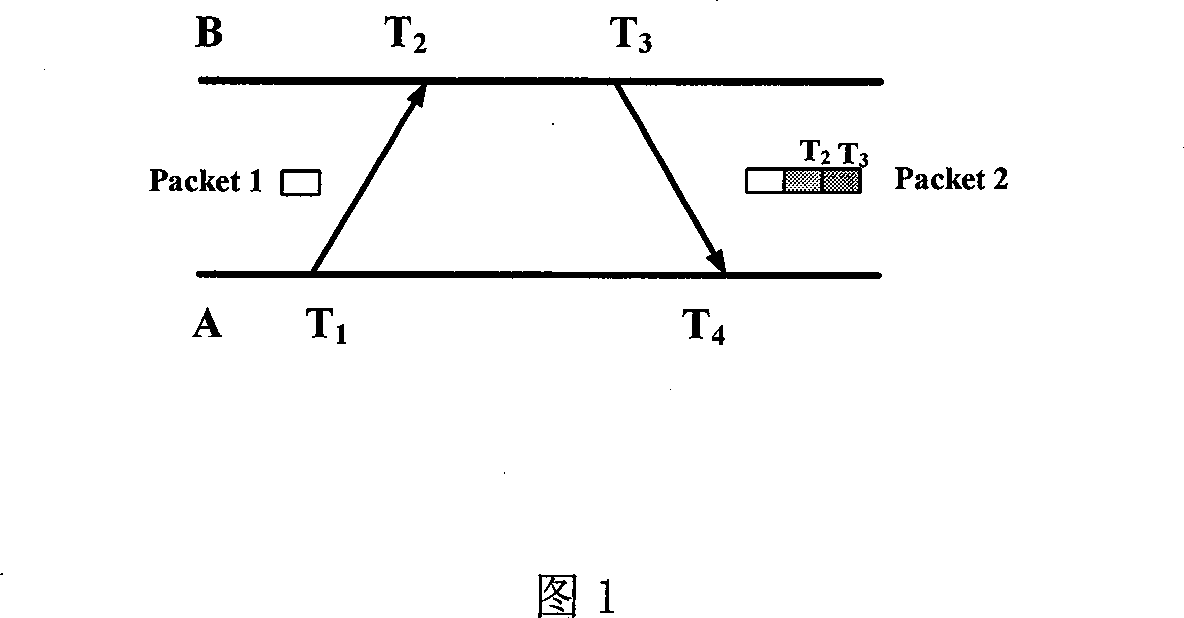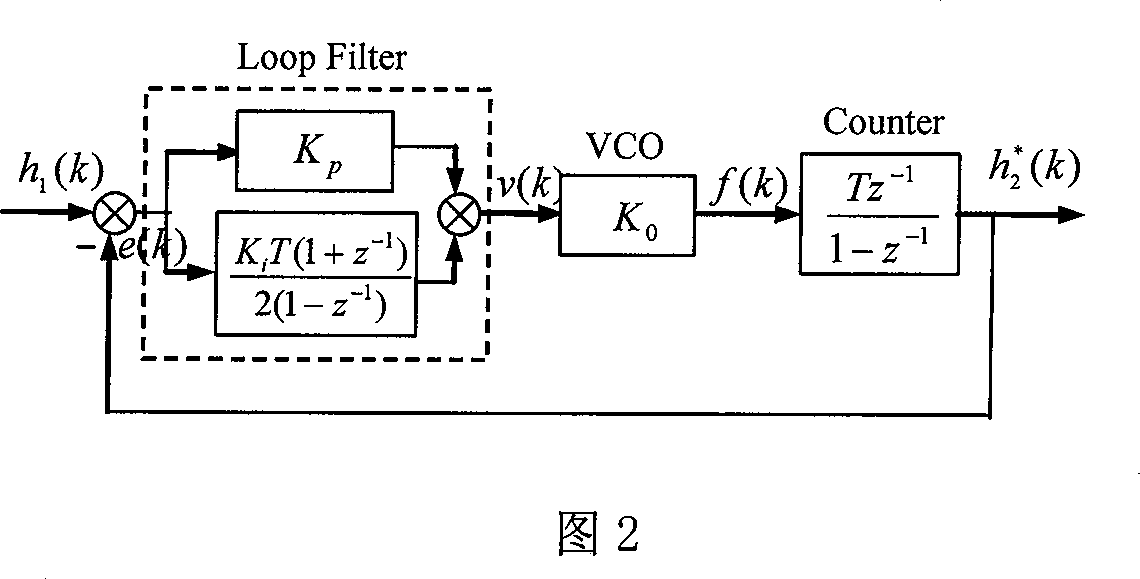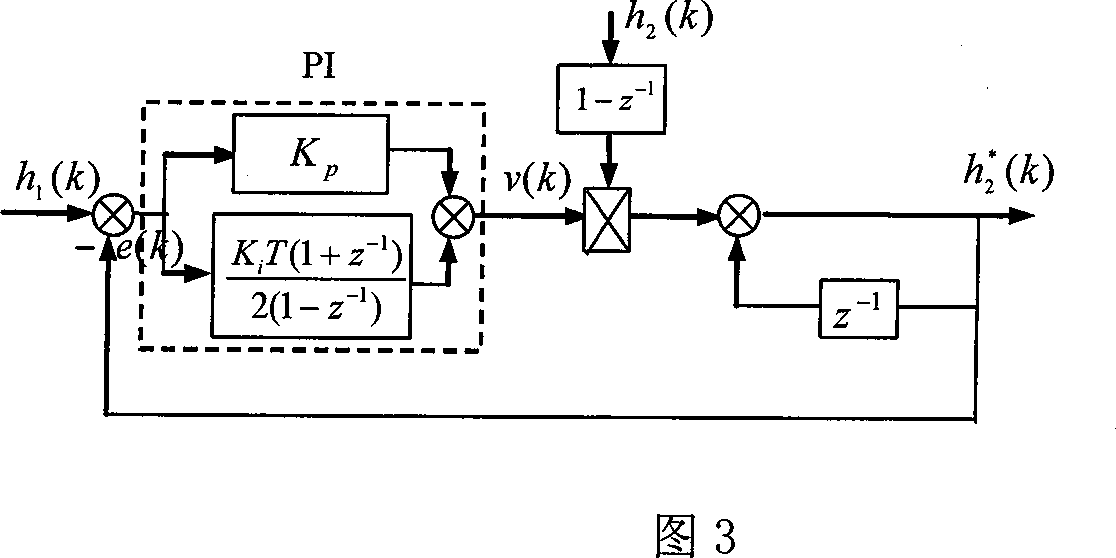Method for synchronizing time based on lock phase ring in wireless sensor network
A wireless sensor, time synchronization technology, applied in the direction of synchronization devices, transmission systems, digital transmission systems, etc., can solve the problem of large overhead, large algorithm space complexity, unable to give the optimal estimation of relative drift and relative offset, etc. question
- Summary
- Abstract
- Description
- Claims
- Application Information
AI Technical Summary
Problems solved by technology
Method used
Image
Examples
Embodiment Construction
[0069] Considering the characteristics of dynamic topology changes in wireless sensor networks due to factors such as node and link failures, and the impact of systematic optimization of energy consumption such as topology control on the network in order to balance energy consumption and prolong the network life cycle, We continue to use the "root node" selection and maintenance scheme in FTPS, focusing on the single-hop synchronization mechanism and principle in the broadcast domain. On this basis, it is more direct and convenient to extend the multi-hop mechanism to the entire network. In a broadcast domain, the clock reference node (time stamp) periodically broadcasts a synchronization packet, which carries the local clock of the time stamp node, in order to avoid the uncertainty of the system and channel status during the sending, channel access and reception of the broadcast packet In order to avoid errors that may be introduced by sex factors, we also adopt the scheme of ...
PUM
 Login to View More
Login to View More Abstract
Description
Claims
Application Information
 Login to View More
Login to View More - R&D
- Intellectual Property
- Life Sciences
- Materials
- Tech Scout
- Unparalleled Data Quality
- Higher Quality Content
- 60% Fewer Hallucinations
Browse by: Latest US Patents, China's latest patents, Technical Efficacy Thesaurus, Application Domain, Technology Topic, Popular Technical Reports.
© 2025 PatSnap. All rights reserved.Legal|Privacy policy|Modern Slavery Act Transparency Statement|Sitemap|About US| Contact US: help@patsnap.com



